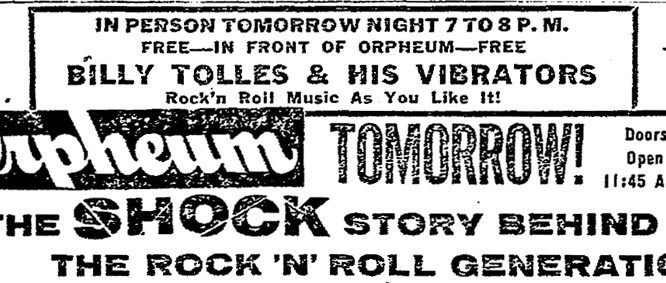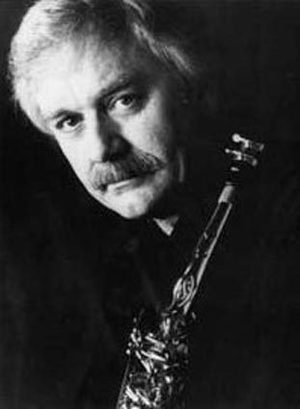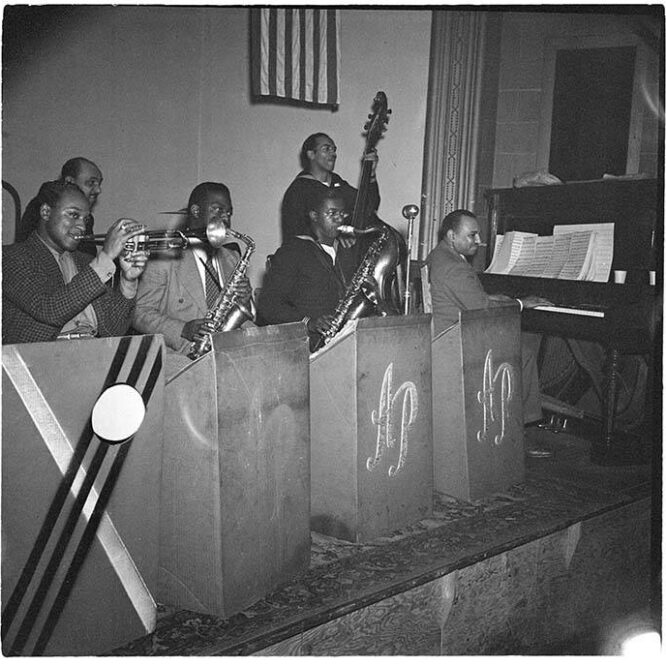Gaylord Jones
Inspired by the music of Jimmie Lunceford, Gaylord Jones led one of the best swing era bands in Seattle in the late ’30s and early ’40s, with his wife Marilyn as the lead singer, Mars Mercer. Gay and Marilyn graduated from West Seattle High School and their band was popular with University of Washington swing dancers. From 1939-42, the Gay Jones Orchestra was the house band at the Trianon Ballroom. Jones left Seattle for Los Angeles in 1942, where he wrote successful boogie woogie hits and sold songs to Lionel Hampton. After service in the Army, he played in Seattle in combos but in the early ’50s gave up music to start a charter boat business in Port Angeles. … Continue readingGaylord Jones


